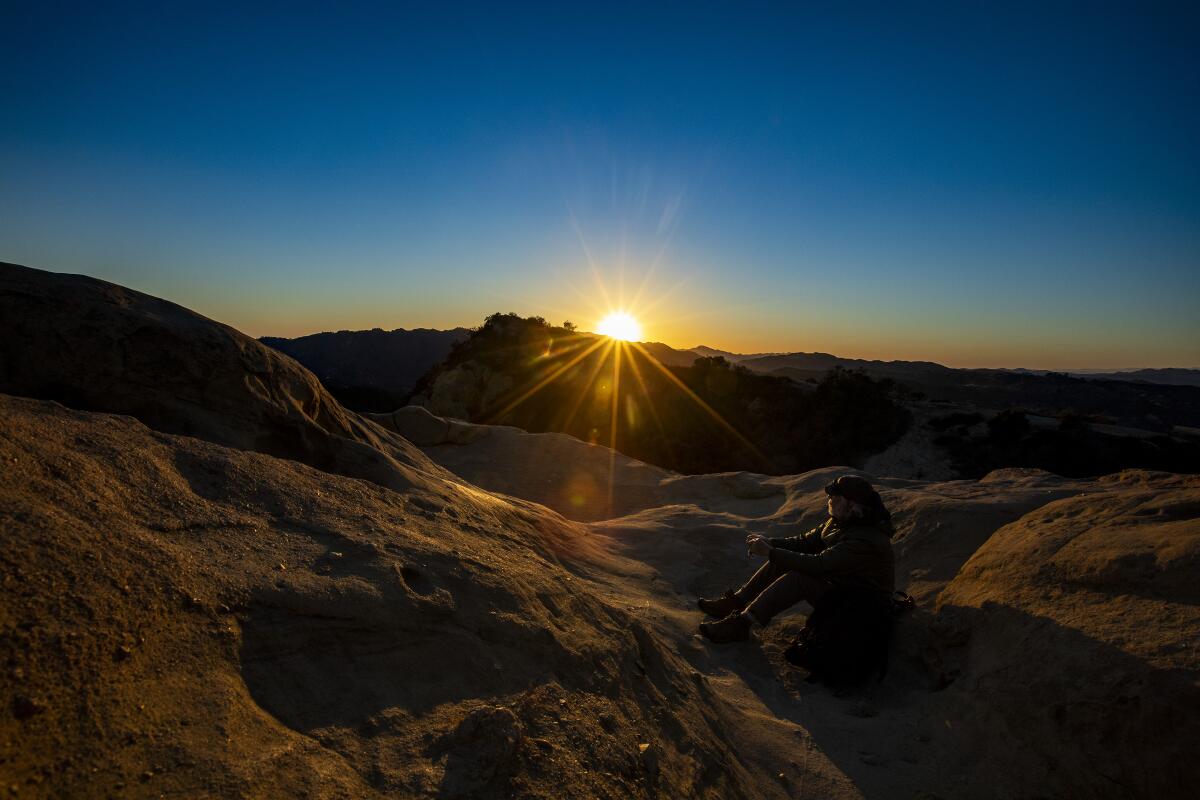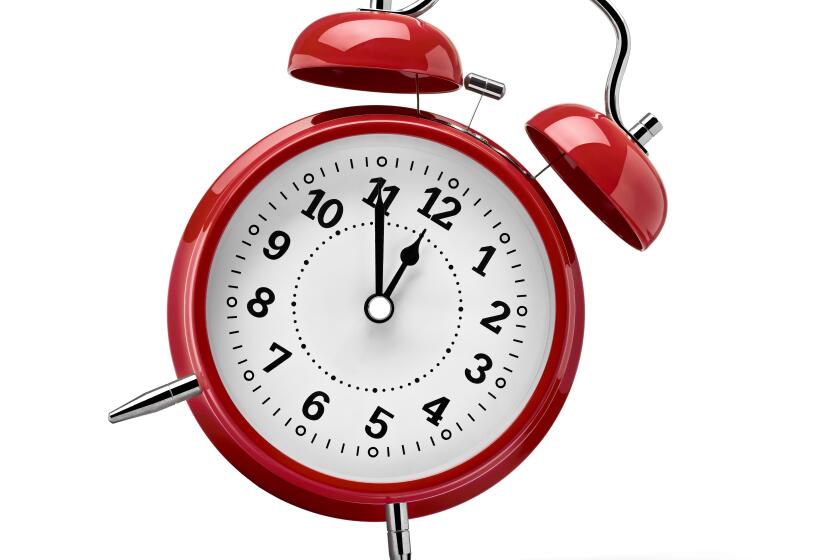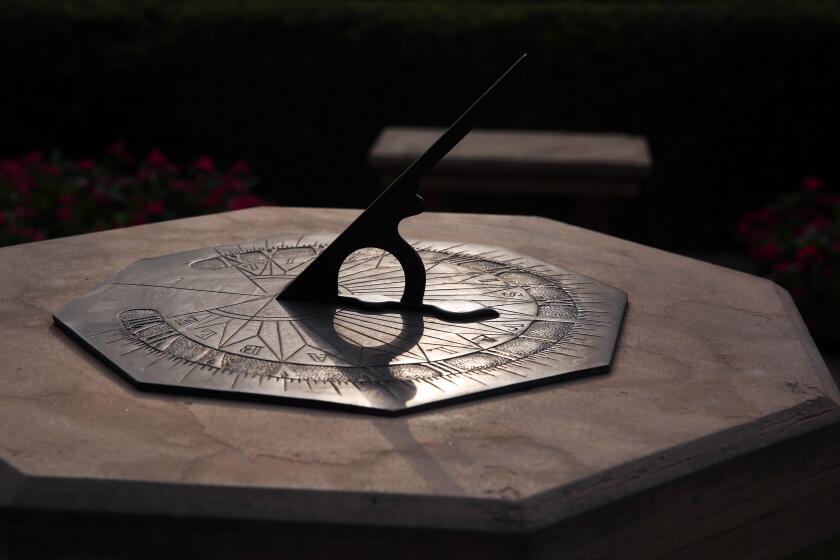Editorial: End time-shift insanity! Give us permanent daylight saving time now

Every March, it’s the same old thing. On the second Sunday, we set the clocks forward an hour to begin daylight saving time (or increasingly, our smart devices do it automatically) and then spend the next few days slightly discombobulated and wondering why we still practice this odd ritual.
By the time the following Sunday rolls around, our disturbed schedules have adjusted and we forget about the week of missed appointments or bad sleep. At least until the first Sunday in November, when we do the same thing in reverse to return to standard time.
Let’s do something different this year. After the time shift on Sunday, let’s not forget how ridiculous it is to follow this twice-a-year ritual, created for a purpose few remember (something about farmers? Or kids walking to school?). Let us remember this foolishness and call on elected officials to end this outdated tradition and allow Americans to stick to one time year-round.
The U.S. Senate voted quickly and unanimously to make daylight saving time the only time. Now the House and President Biden should endorse the end to the clock-changing madness.
The good news is that many of our leaders in Washington have already voted in favor of ending the clock switching. Last March, just two days after the clocks moved forward an hour, the U.S. Senate unanimously passed the Sunshine Protection Act authored by Sen. Marco Rubio (R-Fla.) that would have kept the U.S. on permanent daylight saving time. Who says there’s nothing that Republicans and Democrats can agree upon? (Some senators later admitted they didn’t realize they were doing so, according to Buzzfeed News.)
But the momentum was halted after then-Speaker Nancy Pelosi (D-San Francisco) failed to bring the legislation up for a vote in the House. Boo.
Rubio reintroduced the bill last week, and Rep. Vern Buchanan, a Florida Republican, is carrying the House version. Perhaps this year, with political polarization deeper than ever, new House Speaker Kevin McCarthy (R-Bakersfield) will see the wisdom in passing this bipartisan bill and show that his leadership can produce more than political sideshows.
There’s no guarantee that all Democrats will play along, but those from states, including California, that have shown strong support for repealing the law ought to. In 2018, a majority of California voters approved Proposition 7, supporting an end to clock-switching. And at least 18 other states, including Florida, have passed resolutions or otherwise indicated the same preference.
A permanent shift to darker morning hours would throw off circadian rhythms and harm already sleep-deprived teenagers.
And two U.S. states long ago jettisoned the idea of daylight saving time: Arizona is the only continental U.S. state that refuses to join the time shift tradition, thus ensuring that no one outside the state knows what time it is in Phoenix. (Adding to the confusion, the northeastern corner of Arizona within the Navajo nation does recognize daylight time.) Hawaii doesn’t observe daylight saving time either, but that’s more practical because its southerly location means the length of daytime doesn’t fluctuate much from season to season.
There’s a growing call to end the switch for health reasons, as moving the clock back and forth abruptly upsets our circadian cycles, and can mean bad patches of sleep after each switch. And a few studies have suggested there’s a connection between poor sleep as a result of the time change and increased traffic accidents and heart attacks.
The U.S. adopted uniform daylight saving time more than a half-century ago in part to conserve energy, which didn’t happen in any meaningful way. It’s a tradition whose time is up.
More to Read
A cure for the common opinion
Get thought-provoking perspectives with our weekly newsletter.
You may occasionally receive promotional content from the Los Angeles Times.












